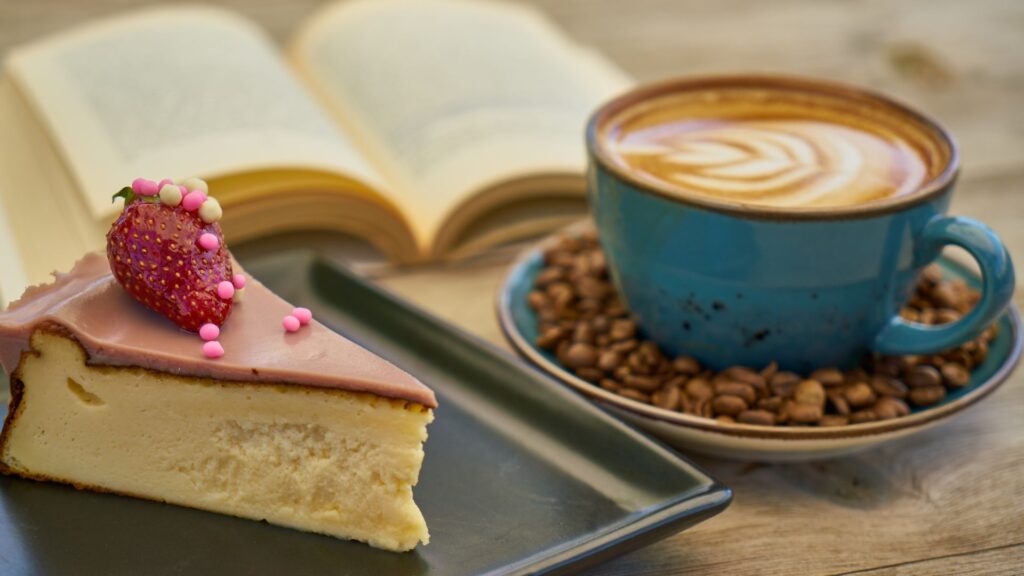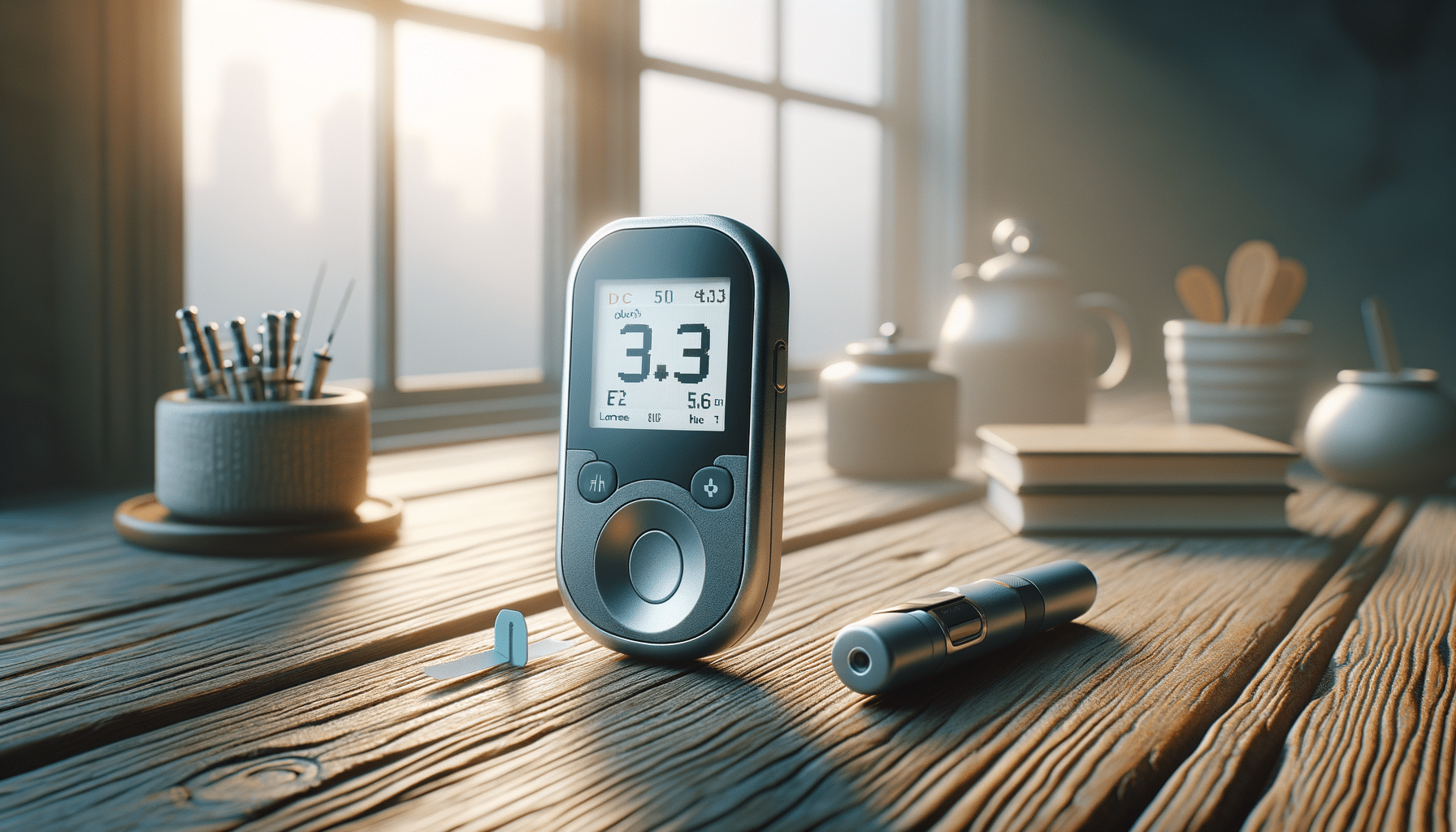
How to make a classic latte: Tips and tricks
When it comes to coffee drinks, the latte is one of the most beloved worldwide. Its smooth, creamy texture combined with the rich flavour of espresso makes it the perfect balance of bold and mellow. Whether you’re ordering one at your local coffee shop or looking to master the art at home, making the perfect latte is an achievable skill for anyone.
In this article, we’ll guide you through the steps to create a classic latte, from brewing the perfect espresso shot to perfecting your milk steaming and pouring techniques:
- What’s in a classic latte?
- Making the espresso: The foundation of your latte
- Steaming milk: The key to a creamy texture
- Pouring techniques: Creating latte art
- Perfecting your latte-making skills at home
What’s in a classic latte?
A classic latte is a combination of espresso and steamed milk, typically topped with a small amount of milk foam. The key to a great latte is the balance between the strong, rich flavour of the espresso and the creamy, smooth texture of the milk. The espresso gives the latte its depth and strength, while the steamed milk provides a soft, velvety body and a touch of sweetness. A well-made latte should have a smooth, harmonious blend of these two components, with a silky texture and a slightly sweet finish. So, let’s break down how to make the perfect latte step by step.

Making the espresso: The foundation of your latte
The first step in making a great latte is brewing a perfect shot of espresso. This is where the magic begins, as the espresso provides the flavour base for the entire drink.
Use fresh, high-quality beans: The quality of your espresso starts with the beans. Opt for fresh, high-quality beans, preferably a medium to dark roast. Grind the beans just before brewing to preserve their freshness and flavour.
Grind the beans correctly: The grind size for espresso should be fine, almost powdery. If your grind is too coarse, the water will pass through the grounds too quickly, resulting in a weak shot. If it’s too fine, the water won’t be able to extract the flavours properly, and the shot could become overly bitter. Adjusting the grind size is key to achieving a rich, balanced shot.
tamp the grounds properly: Once you’ve added the ground coffee to your portafilter, you’ll need to tamp it evenly to ensure a consistent extraction. Use a firm, level pressure to tamp the grounds down. This helps create an even surface for the water to flow through during extraction, preventing any uneven brewing that can affect the flavour.
Brew the espresso: Insert the portafilter into the espresso machine and start the extraction. A well-pulled shot of espresso should take around 25-30 seconds to brew, yielding a rich, concentrated shot of coffee with a layer of crema (the golden, foamy top). If the shot takes longer or shorter than this, you may need to adjust your grind or tamping technique.
Steaming milk: The key to a creamy texture
Next up, it’s time to steam the milk. Steaming milk for a latte is all about achieving the right texture—smooth, creamy, and velvety without too many large bubbles. Here’s how to steam your milk to perfection:
Use fresh, cold milk: For the best results, use fresh milk that is cold straight from the fridge. Whole milk works best for creating a creamy, rich texture, but you can use skim or plant-based milk if you prefer.
Steam to the right temperature: The ideal temperature for steamed milk is around 65-70°C (150-160°F). You can test the temperature by holding the side of the milk jug. When it feels warm to the touch but not too hot, it’s ready. Overheating the milk can cause it to taste burnt and affect its texture.
Create the right texture: Place the steam wand just below the surface of the milk and turn on the steam. You should hear a gentle hissing sound. This aerates the milk and creates the microfoam that makes a latte so smooth and creamy. Once the milk starts to expand and increase in volume, submerge the steam wand deeper into the milk and heat it to the desired temperature. The goal is to have a silky texture with tiny, smooth bubbles, not large, frothy ones.
Swirl the milk: After steaming, give the milk a swirl in the jug to mix the foam and liquid together, ensuring a smooth and consistent texture. You should have a shiny, velvety milk that’s perfect for pouring.
“Mastering the art of making a classic latte is all about balance—perfecting the espresso, steaming the milk to silky perfection, and pouring with precision to create a café-quality experience at home.”

Pouring techniques: Creating latte art
Pouring a latte isn’t just about adding the milk to the espresso; it’s also an opportunity to showcase your skills through latte art. While creating intricate designs takes practice, anyone can master the basics to create a beautiful, café-style latte at home. Here’s how to pour like a pro:
Tilt the cup: Start by tilting your cup at about a 45-degree angle. This allows the milk to flow smoothly into the centre of the cup.
Pour slowly at first: Begin pouring the steamed milk slowly into the centre of the cup, keeping the milk jug just above the espresso. This will create a circular motion and mix the milk with the espresso.
Start to pour more quickly: As you get closer to filling the cup, pour the milk a bit faster, and start to lower the jug closer to the surface of the coffee. This helps form a creamy layer on top and allows you to start creating a design.
Create a Simple Heart or Rosetta: With a little practice, you can create simple designs, such as a heart or rosetta (a leafy design). To make a heart, simply pour a bit of milk into the centre, then gently pull the jug through the centre of the circle as you pour.
💡Pro Tip: For a silky-smooth latte, make sure to use a thermometer while steaming your milk to avoid overheating. If your milk gets too hot (over 70°C), it can lose its sweetness and become scalded, affecting the flavour. Aim for a temperature of around 65-70°C for the perfect texture—creamy, velvety milk without compromising on taste.
Perfecting your latte-making skills at home
Making a classic latte at home is a rewarding skill that can save you money and impress your friends. The key to a great latte is practice—getting the perfect espresso shot, steaming the milk to the right texture, and learning to pour with precision all take time and patience. Don’t be discouraged if your first few lattes don’t look like something from a café—latte art takes time to master, and your skills will improve with each attempt.
Let’s recap:
- Use fresh, high-quality beans, grind them finely, and tamp evenly for a well-pulled shot of espresso. A good shot should take 25-30 seconds and produce a rich crema.
- Use cold, fresh milk (whole milk works best), steam it to 65-70°C, and create a velvety texture with microfoam. Swirl the milk to mix the foam and liquid for a smooth consistency.
- Tilt the cup at a 45-degree angle, pour the milk slowly to mix it with the espresso, and speed up as you approach the top to create latte art.
- Practice basic designs like a heart or rosetta by pouring quickly and gently pulling the jug through the milk. With time, you can create more intricate designs.
- Latte-making takes time to master, so keep experimenting with your espresso shots, milk texture, and pouring technique to refine your skills and enjoy café-quality lattes at home.
With a little practice and the right equipment, you’ll be able to enjoy café-quality lattes at home, tailored exactly to your taste. So grab your beans, your milk, and your espresso machine, and start experimenting to create the perfect latte every time. Happy brewing!
